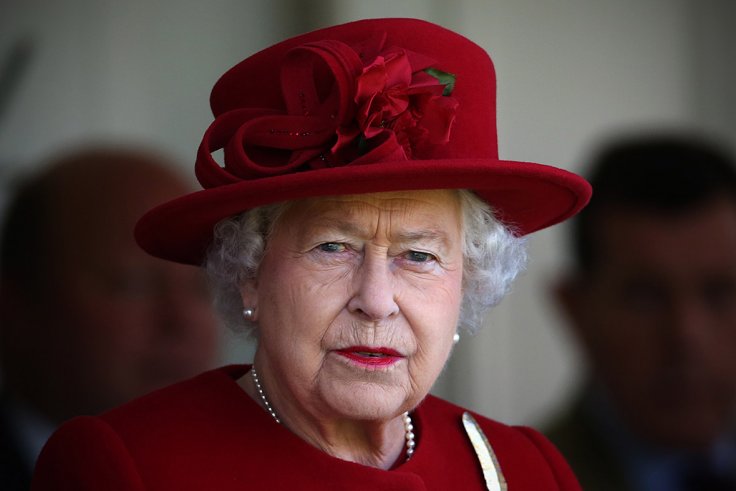In her reign, which began in February 1952 after the death of her father, King George VI, Elizabeth served as a constant and reassuring figure in Britain and on the world stage as she helped lead her country through a period of profound shifts in geopolitical power and national identity.
The designs of postage stamps and bank notes changed through the decades, but they all depicted the same, if aging, monarch. The British national anthem now shifts to “God Save the King,” but most Britons have only known the other version, for the queen.
Her son and heir, Charles, summed up the power of her constancy in a rare television documentary aired in 2012 to mark her 60th year as queen. “Perhaps subconsciously,” he said, “people feel encouraged, reassured by something that is always there.”
Her last major constitutional action came on Tuesday, when she accepted the resignation of Prime Minister Boris Johnson and asked his successor, Liz Truss, to form a new government.







